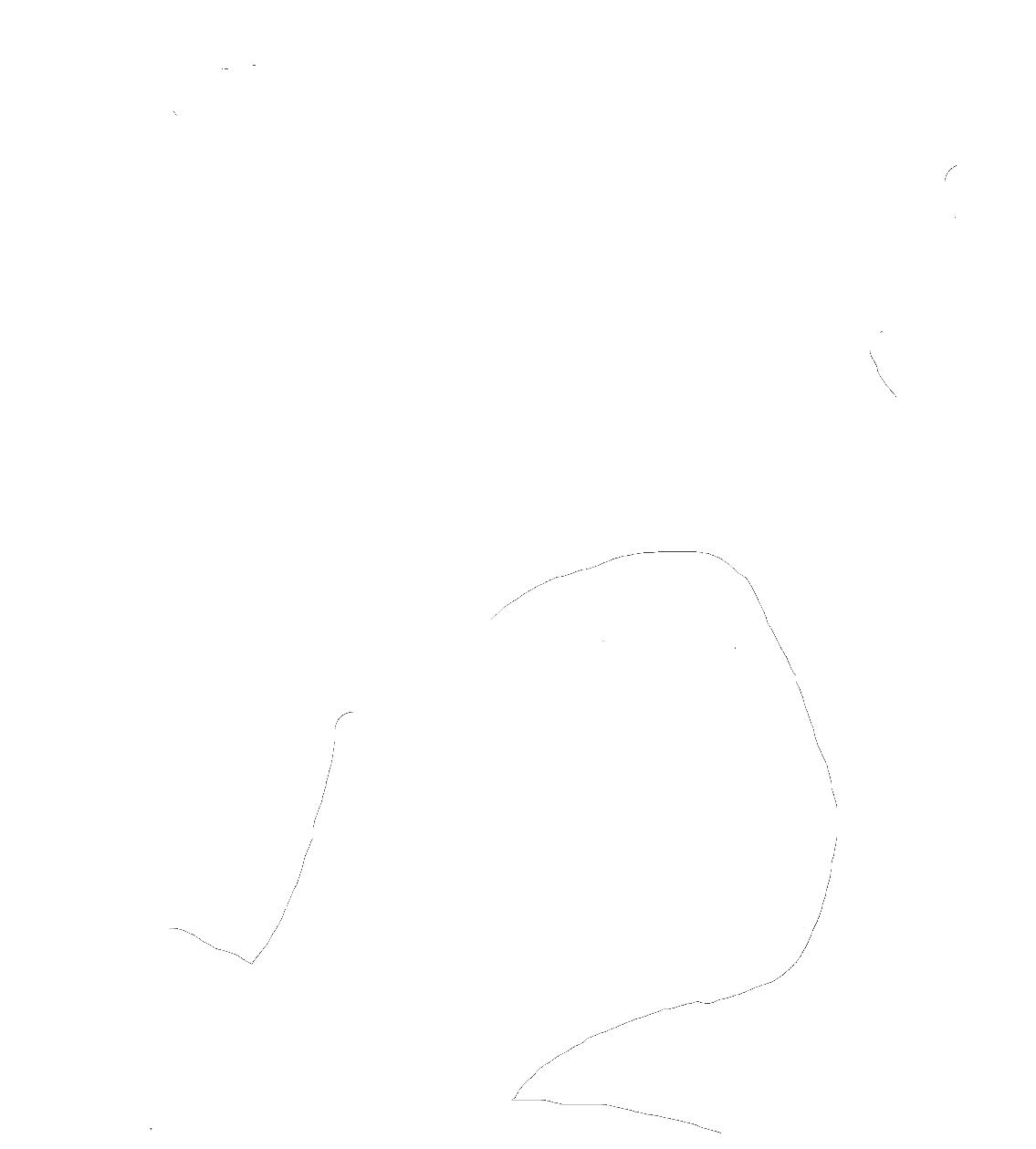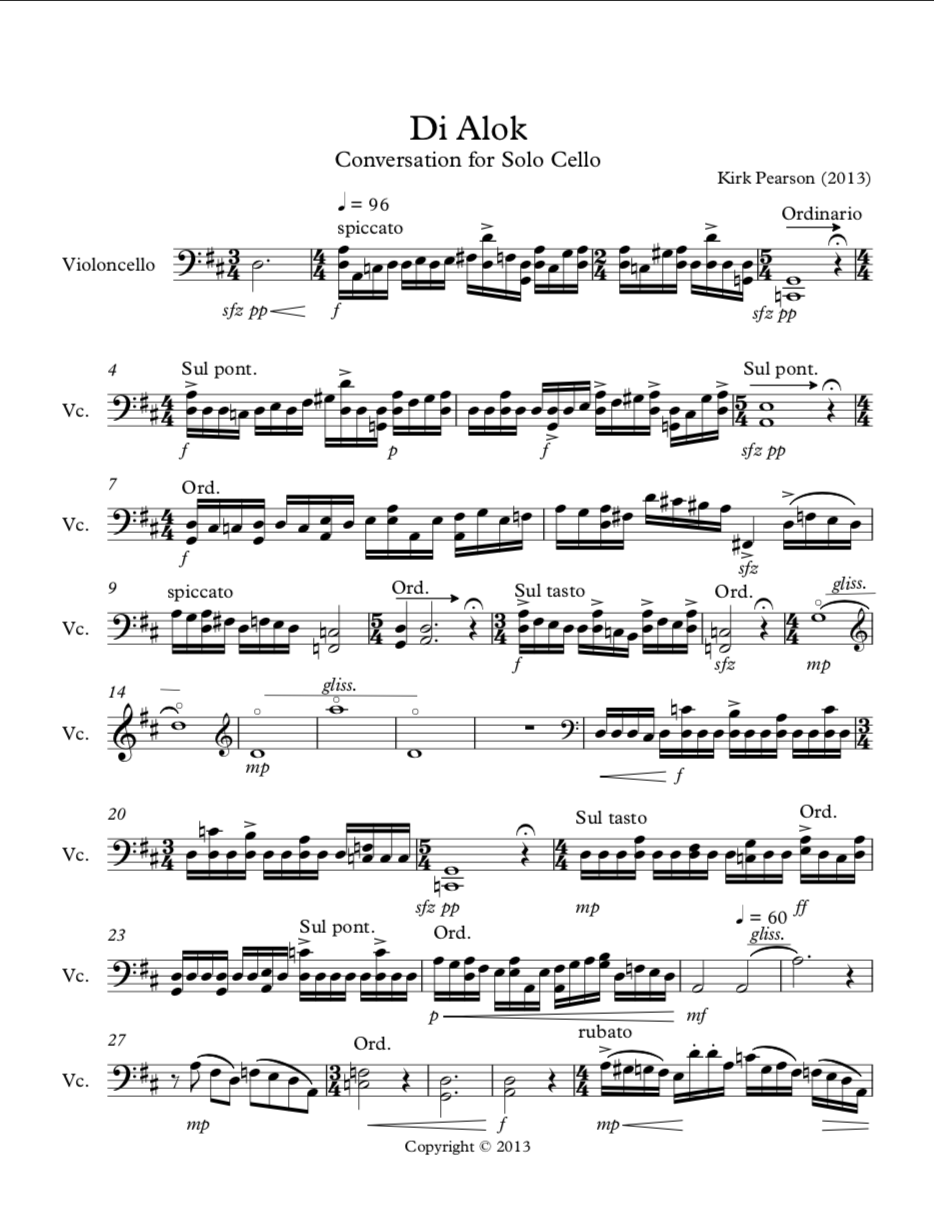Audio
Works that are entirely sound, and a few that are unsound.
Head Lands (2023)
Head Lands is also available for pre-order as a limited edition, 180g vinyl from Dogbotic Records. We (hope) it will be shipped by the end of May 2023.
Cocoon (with Nessa Grasing, 2020)
This collaboration began when we were respectively quarantined in Brooklyn and Berkeley starting in March 2020. Cocoon is about what keeps moving when one stands still, and the undergrowth that hums with life—if only you press your ear to the ground.
Cocoon is a project of Nessa Grasing and Kirk Pearson, with collaborations by Jonah Bobo, Andrés Cervilla, Joo Won Park, Chris Filler, Niko Stathakopoulos, Nell Pearson, and John Hamilton. The album illustration is by Stephanie Singleton, with lettering by Maisy Byerly.
splat (with Joshua Biggs, 2018)
In late 2017, the South African government first referred to “day zero,” the date on which Cape Town would become the first major city in recorded history to run out of water. For seven days, South African composer Joshua Biggs and I set out with a mobile recording studio to capture the sounds of drought. We visited reservoirs, creeks, fields once teeming with life, public parks, abandoned treatment facilities, and lines for acquiring water that stretched across blocks. We distilled our nearly 12 hours of recording to 12 minutes, creating “splat”—an audio narrative that follows water through its many forms.
“splat” premiered at the 2018 Seoul International Computer Music Festival (SICMF).
The Curious Appearance of Agloe, NY (2015)
Agloe is a census-designated town in upstate New York. It’s just up the road from Roscoe. You’ll see signs for it on the highway, but you can't really visit it. That’s because only kind of exists.
Agloe is an example of a copyright trap-- a fake location invented by a map company to snare copycat mapmakers. If an enemy company were to plagiarize a map and copy an illegitimate city, the original company has a near certainty in winning ensuing legal cases. Every map has several of these: from small “trap streets” in large towns to nonexistent geological features. (Google Earth has gone as far as to create an entire fake chain of islands in the South Pacific.)
In 1937, the General Drafting Company created a rote copyright trap, the town of Agloe, New York. The trap worked like a charm— in 1962, Rand McNally proudly included Agloe on their American Road Atlas. However, our story takes an awfully strange turn here, for Rand McNally had an awfully good defense: the town of Agloe appeared on state census data.
After a bit of research, General Drafting found that in the early 1950s, a solo driver made his way through the town of Agloe, visible on his backseat atlas. Finding nothing but seemingly unclaimed land, he built a general store. Within a month, a family moved in just down the road. Over the next half a century, Agloe would continue to grow, eventually to include a gas station, a church, a park, a fishing lodge, a municipal building, and several houses. People were moving into a town that didn’t technically exist.
I first read this story in early 2014 prompted by its sudden (and awkward) removal from the Google Maps database. Today, if you take a drive up to Agloe, you’ll find a bunch of abandoned buildings, overgrown foundations, and a complete absence of people. A town that never existed came into being, and vanished just short of seventy years later. Nobody’s exactly sure why.
Told through composition, field recordings, animation, and historic audio samples, “The Curious Appearance of Agloe, NY” is a project about the oddities of copyright law. It’s a short meditation on hometown identity, kitsch Americana, and the bizarrely political implications of cartography. We sincerely hope you have as much fun listening to this project as we had making it.
A Flickering in the Woods Near Waycross, GA (2015)
Starting in 1892, there have been several hundred reports of a glow from the Okefenokee swamp near Waycross. To this day, the "Cogdell Ghost" remains one of the most thoroughly documented ghost sightings in the continental United States.
"A Flickering in the Woods Near Waycross, GA" uses a particular musical idiom called "window form" to retell this story. The term, originally coined by composer Salvatore Sciarrino, described an opera of his where the audience is given multiple vantage points of a situation. In the opera's first act, the audience witnesses a bloody mutiny aboard a ship. The second act, while seemingly unrelated to the first, depicts a wealthy family playing cards aboard a moving train. Near the end of the act, however, the train turns a corner and the audience can see the ship far off in the distance. While the second movement never acknowledges the mutiny, the audience's preconceived notion of what the ship represents makes them view this aristocratic game in an entirely new light.
Here, a solo bass relays the Cogdell legend through three encapsulating perspectives, each based on a 1902 testimony-- the farmer that witnessed the specter, the pastor of a church that first sees the farmer run out of the woods, and a Louisianian, who sees the church on a souvenir postcard. Each movement provides a reinterpretation of the previous story, giving the performer three distinct points of view.
"A Flickering in the Woods Near Waycross, GA" was commissioned and written for bassist Austin Lewellen, and premiered on April 22, 2015 in Warner Concert Hall at Oberlin Conservatory.
Feverdreams of a Young Auctioneer (2015)
A hypnotic study in chromaticism, for string quartet and twelve cattle auctioneers. Composed with Julian Korzeniowsky in January 2015.
Jekyll Electric Effect (2014)
In 1971, the USSR financed their most expensive experiment to date: the Kola Superdeep Borehole. The purpose of the Kola Project was to dig to Earth’s mantle purely to see the consequences. By the time the government was forced to end funding, the team had dug thirteen kilometers creating the deepest hole anywhere on Earth-- even deeper than the Marianas Trench. The chasm was abandoned, and still sits in northeastern Russia today.
Like the Kola Borehole, unfinished projects leave quite a bit to the imagination. Incomplete icons are pathways that lead us to alternate histories. For us, this EP was a bit of an exercise in composing a suite of surrogate realities. Each icon we wrote about (be that a building, invention, expedition, composition, or experiment) was selected for its historical relevance to the 20th century. The album is not a lesson in history but a meditation on what small differences could have drastically changed the course of our future. Both the germination and death of these icons have become richly symbolic, and remind us of the starry-eyed aspirations, passion, and shortcomings of recent history.
In essence, this EP isn’t finished. And it can never be finished. Those who don't learn history aren't forced to repeat it. Rather, their history becomes an incomplete pathway-- a precomplete history for our perpetually unfinished textbook.
We sincerely hope you enjoy listening to this album as much as we had making it.
Di Alok (2013)
It’s almost cliché to say that the cello “mimics the human voice.” It’s also quite misguided. The vast majority of cello repertoire I learned as a student certainly did not come from a wide variety of composers—if these works represent the human voice as heard by European aristocrats, what might it sound like if channeled through a lens more familiar to me?
“Di Alok” is a solo cello study based on my (very unscientific) analysis of the humble midwestern accent, one I’ve become increasingly accustomed to since moving to Ohio. Rhythms of speech, breathing patterns, and vocal range are all taken into account,
Breaking the Second Law of Thermodynamics (2012)
A counterpoint study for cello and clarinet. Performed by Giovanni Bertoni and Angelique Montes. Produced by James Vitz-Wong and Kirk Pearson
Going Up (2010)
A very early sample-based piece of mine that, for some inexplicable reason, became surprisingly popular in certain corners of the internet in the early 2010s. “Going Up” was the overture to a much larger (and considerably more political) work about composition and copyright law, “Please Don’t Sue Me.” While legal reasons have kept me from sharing this piece for several years, I ultimately decided that any IP arguments against this work are both legally flimsy and also just plain dumb. So please enjoy this rarity.













